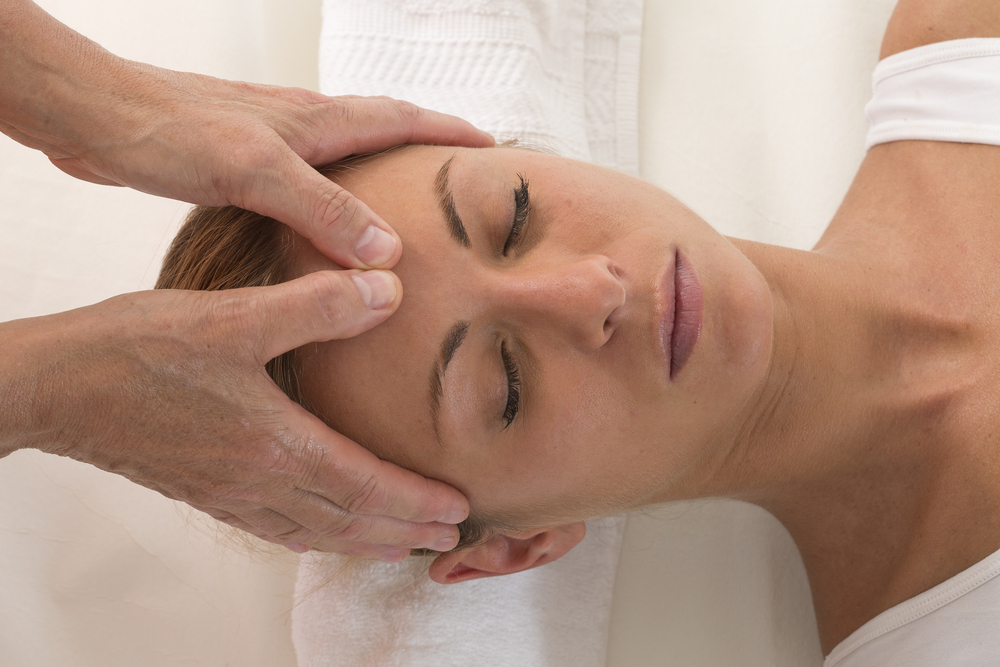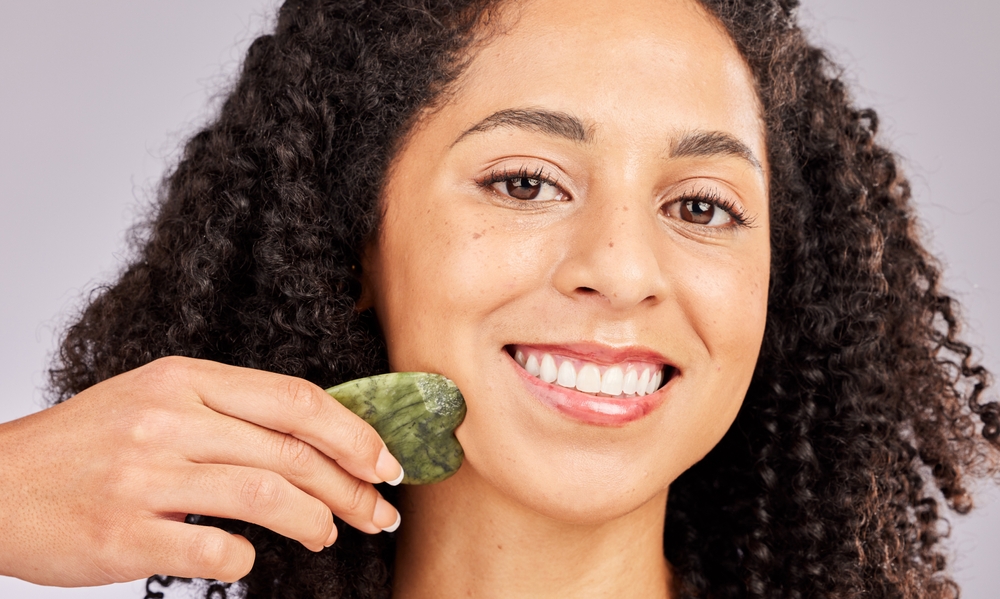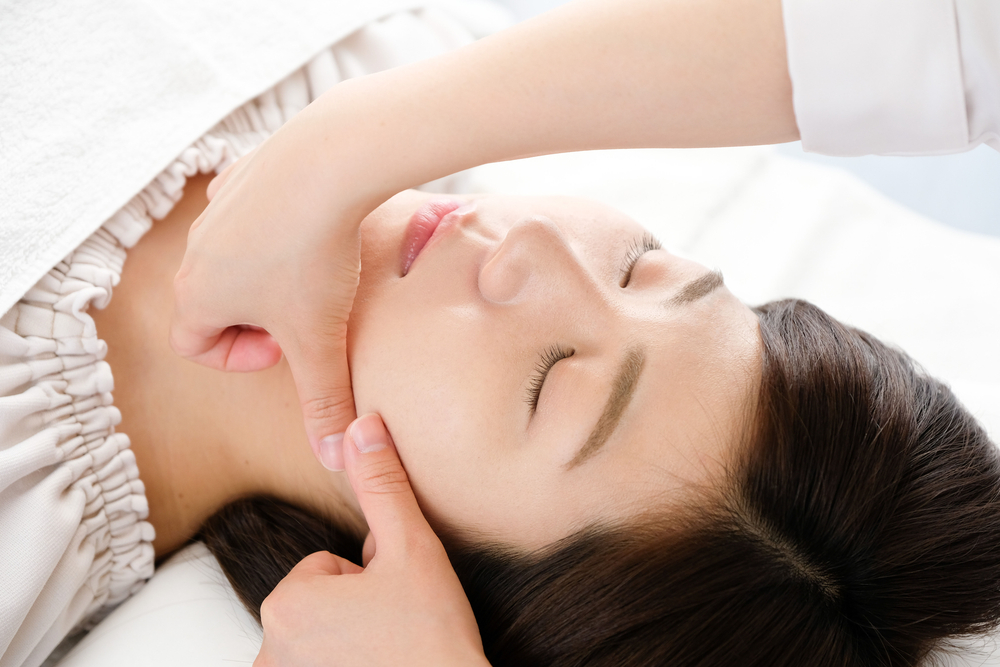If you have an interest in holistic therapies, wellbeing or massage, chances are you'll have heard of reflexology. In this article, we introduce you to facial reflexology, its benefits and the tools used as part of this treatment. So get comfortable, relax, and let us guide you through the calming benefits of reflexology for the face.

What is Reflexology and Where Did it Come From?
Reflexology is based on the principle there are points in our skin connected to organs and systems within our bodies. Stimulating these points can alleviate stress, restore balance and promote wellbeing.
In 1582, Dr Adamus and Dr A'tatis published a book based on zone therapy, focusing on the idea that parts of the body are connected through nerves. This suggests that an early form of reflexology was established in Europe by the late 16th century.
William H Fitzgerald is known as the 'father of reflexology'. In 1917, he published work on ten vertical zones that extend the length of the human body. He stated that applying pressure to these areas would relieve organ-related pain within each. While most of the medical community responded with scepticism, Dr Shelby Riley took these ideas on board and added new horizontal zones across the hands, face and feet.
The word reflexology was coined by Eunice D. Ingham, who created the detailed foot and hand charts that reflexologists use today. She is also credited with devising the technique of thumb and finger walking technique.
Facial Reflexology Tools

- Jade rollers existed in China as far back as the 7th century, before facial reflexology became a recognised therapy. They can also be made out of pink quartz and are effective in improving facial circulation. It is helpful to keep rollers in the refrigerator for use in soothing facial massage.
- Yin-yang rolling tools have a warming, spiked horn ball called the yang at one end and a cooling roller with metal prongs called the yin at the other end.
- Kansa wands are small tools made from stainless steel or carved wood. They're ideal for use when your hands are tired.
- Yin rakes have a wooden handle with brass or steel prongs at the end. They are used along the scalp and nose.
- Gua Sha are smooth spooming or scraping tools used since ancient times.

- Reflexologists target pressure points and work to unblock pathways. Once these points are stimulated, blood flow helps to eliminate toxins and trigger the body's healing processes.
- Facial reflexology has been shown to be extremely beneficial for many headache and migraine sufferers.
- Massaging pressure points in the face can release warmth that helps break down mucus, draining blocked sinuses and improving breathing.
- Facial reflexology helps to relieve tension and relax the facial muscles, bringing relief from anxiety.
- By reducing stress with facial reflexology, you can help your immune system to function effectively.
- The improvement in circulation that results from facial reflexology can improve skin health and have anti-ageing benefits. Consistent treatments rejuvenate the skin and help it appear plumper and firmer.
- Facial reflexology can work wonders for people suffering from depression, releasing endorphins and bringing a great sense of wellbeing.
- The experience of facial reflexology can bring restful sleep and reduced insomnia, followed by increased energy levels.
- Reflexology can help the body rid itself of toxins that exacerbate the symptoms of arthritis. It also promotes relaxation, which allows joints to extend more naturally instead of being held in position by tense muscles.
If you would like to learn more, our Reflexology Diploma Course and Facial Reflexology Diploma Course are currently available for just £29 each for a limited time (reduced from £127 each).





